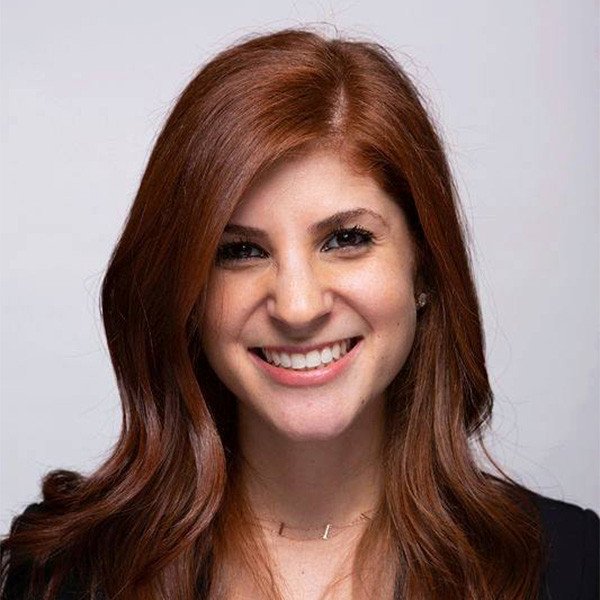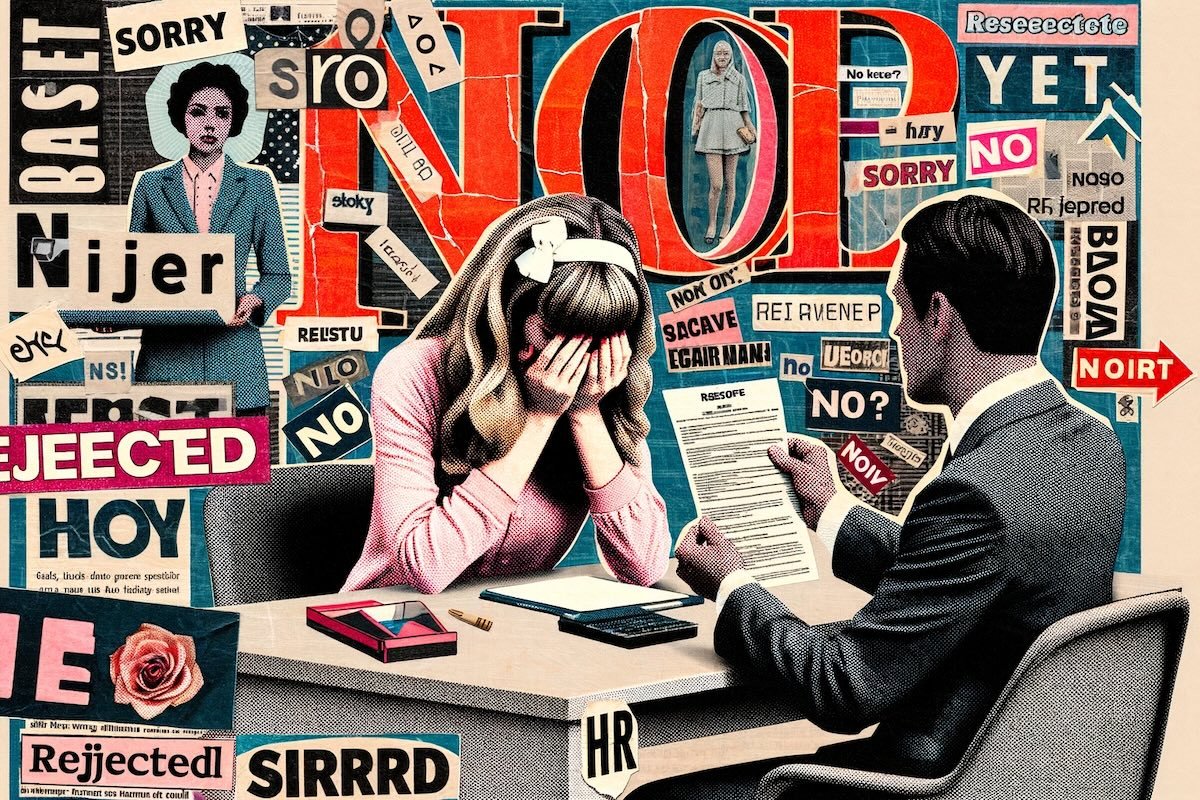What is a functional resume, and how does it differ from other types of resumes?
Most people have not been formally educated on how to write a resume, so it might be a totally new concept to learn that there are several different types of resumes.
The most common style of resume is the reverse-chronological resume which focuses on work experience and lists a candidate’s career history in reverse-chronological order. Think of this as your traditional resume format.
Another style of resume is a functional resume which focuses on showcasing a candidate’s relevant skills and qualifications based on a specific job.
Many people, myself included, create
hybrids of the two styles to blend the best aspects of a reverse-chronological resume with the best aspects of a functional resume.
According to
Career Builder, nearly 25 percent of hiring managers spend less than 30 seconds reviewing a resume, so it’s important to highlight relevant skills and qualifications based on the job you’re interested in applying to. Other studies have shown that recruiters spend less than 10 seconds reviewing some resumes, so it's important to make yours stand out.
Furthermore, many recruiters or hiring managers end up passing up candidates who don’t submit resumes that are customized for the specific job application.
This is where the style of resume you submit can largely impact your chances of landing an interview. Based on your career history and experience, different resume styles might do a better job of showcasing your professional skills based on your career goals.
Pro Tip: Not sure which resume format is right for you? We created this
free quiz to help you answer that!
What Is a Functional Resume?
Unlike a reverse-chronological resume, a functional resume focuses on highlighting
transferrable skills and qualifications instead of using a candidate’s work history and achievements as the main focus of the document.
By including a short work experience section, a candidate can still mention the required information about a career history and employment timeline while minimizing any gaps or non-linear career paths.
A functional resume is largely a skills-based resume that profiles different skills that a candidate holds concerning the job they’re applying for. A functional resume can also be a good option if you’re interested in highlighting your portfolio of work instead of your corporate career path.
When to Use a Functional Resume
There are very specific situations in which using a functional resume outweighs the benefits of using a traditional resume. Here are a few:
- You're making a career transition—especially to a career that requires specific skills or certifications (e.g., technical skills, education, etc.).
- You're a recent grad without a lot (or zero) of traditional work experience.
- You have long work gaps and prefer not to call attention to job hopping, unemployment, or other gaps.
The majority of people don't fall into these specific situations and that's why we mostly recommend a
traditional resume format.
The other downside of using a functional resume is that it's not as well known in the hiring world. A recruiter who's never seen a functional resume might assume you lack work experience or just find your resume too confusing to read.
So, before you decide to send your functional resume around, make sure you're considering the pros and cons, and do your best to format it in a way that isn't confusing. More on that later in the article.
What Is Included in a Functional Resume Format?
A resume created with a functional format includes a few different sections.
Functional Resume Format Sections Include:
- Contact information
- A skills section
- Summary of qualifications
- An education section
- Employment history
- Relevant certifications or specialized training
Because the goal of a resume is to showcase professional skills and transferrable skills, the skills section will make up the bulk of the document. Depending on the goal of the document, a candidate may choose to break up the skills section into different subsections with different areas of focus (e.g., research, project management, communication, etc.).
A great way to highlight transferable skills is to
go through the desired job description to which you're applying and highlight skills that you have. Then, make a list of how you have obtained those skills on a day-to-day basis.
For example, suppose you have an employment gap due to staying home to raise children. In that case, you might highlight how you communicated with cross-functional teams of teachers, school administration, and parents to coordinate a school fundraiser while volunteering at the school. This highlights cross-functional communication, project management, event planning, and possibly even budget planning.
Who Is the Functional Resume Format Good For?
A functional resume can be used for a variety of candidates but is best suited for those who have work histories that don’t directly relate to their desired job going forward.
Additionally, functional resumes might be beneficial for those who have employment gaps or are trying to make a transition into a new industry or career path.
If your career goals don’t completely align with your previous work history, a functional resume can help highlight your transferrable skills while still including relevant information. Recruiters and hiring managers can use this information to paint a clear picture of your skills and experience.
If you have a fairly linear career path and you're applying for a job that is in line with your previous roles, a functional resume probably isn’t the right choice for you.
While a functional resume can work to highlight relevant skills if you are changing careers or trying to minimize an employment gap, a functional resume can have the opposite effect and hinder your ability to articulate your value if you do have the skills and achievements to highlight within a solid career history.
If you have a career path that backs up your application, recruiters and hiring managers will want to see it.
Elements of a Functional Resume Everyone Can Benefit From
While a fully functional format is not right for all job-seekers, everyone can benefit from using a combination resume that integrates the best parts of both reverse-chronological resumes and functional resumes.
Adding a summary of qualifications section is an effective way to create a combination resume that includes both relevant achievements from the candidate’s work history as well as transferable skills.
Recruiters and hiring managers tend to focus most on the top third of the document, so whether you're using a functional or reverse-chronological format, integrating a targeted summary of qualifications under the resume summary at the top of the document is beneficial.
With that said, be sure to base your summary of qualifications on the job description. Integrate keywords from the job description into the text.
What Every Functional Resume Should Include
When you're preparing to write a functional resume, it can be helpful to have a checklist of what should be included.
Contact Information
Be sure to include your first and last name, email address, phone number with area code, and the city and state you live in. Additionally, we recommend including a link to your
LinkedIn profile,
work portfolio if you have one, and
social media if relevant to the role.
Summary of Qualifications
Your resume summary or
resume objective will be next. This is a short paragraph that summarizes your recent career achievements and work highlights. This is the section the recruiter is most likely to read, so be concise yet impactful.
Example: Creative advertising professional with 15 years’ experience seeking a position at XYZ agency. Eager to use proven strategies that increase brand awareness and drive customer engagement to increase revenue.
Skill Summary
Next is your skill summary, which takes up a large portion of a functional resume. To make this easy to read, we recommend picking three to five themes for your skills. The themes will be based on what the job description has told you is important. Once you know understand these larger themes for the skills required, you'll provide more specific information on your experience with this skillset.
Example:
Project Management (Theme or overarching skill)
- Managed a team of 8+ people from a variety of departments to launch a new membership website. This resulted in faster processing times and fewer customer service complaints. (Specific detail that highlights how you acquired this skill)
Education and/or Specialized Training
The other section you'll want to include in your functional resume is the education and/or training section. For traditional education, include the name of the school and your major. It's okay to leave the graduation year off if you want. However, if you're a recent grad, be sure you do include your graduation year.
Other things you can include in the education section include specialized training or certifications you have that are relevant to the job you're applying for. For example, if you earned a yoga certification and you're applying to be a health writer, include that. That said, leave the yoga certification off if you're applying to be a paralegal.
Other Things to Include in a Functional Resume
Here are some other sections to consider adding to your functional resume if they are relevant to the job you're applying to:
- Work history
- Special projects
- Freelance work
- Online courses
- Volunteer work
- Languages
- Community activities and/or memberships
How to Write a Functional Resume
Start by figuring out what transferrable skills you want to highlight based on the job you’re applying to. When
you look at a job, consider what qualifications they ask for and how you meet those qualifications.
However, there might be more specified skills in your desired job, depending on what field you work in. Take notes about your experience and how it relates to the jobs you’re interested in applying to.
If you notice that the job description has a couple of different focus areas, use those as a guide to determine what skills to highlight on your functional resume.
Once you have the list of skills you'd like to highlight on your functional resume—along with notes about how you exemplify those skills—start to build the skills section of your resume.
Consider listing out the skill you’re aiming to highlight with some bullets beneath it that show your experience with that skill.
Pro Tip: Organize your skills section by category so you can relay transferrable skills and integrate keywords from the job description into your resume.
When you know what kind of focus your document should have, you can build an impactful headlining statement. A headlining statement or resume summary is listed at the top of the document and is there to provide an impactful snapshot of the candidate.
The remainder of the document will go more in-depth to cover related skills, but the resume summary can quickly help the reader determine what the rest of the document will cover.
Pro Tip: Integrate impactful achievements or descriptions in your resume summary. (For example, if you have won an award, you can mention that in the resume summary.)
Example: Award-winning change agent with 10+ years of progressive leadership experience facilitating corporate growth and transformation through various strategic, analytical, and operational initiatives.
If you have certifications or specialized training related to the jobs you’re applying to, you’ll want to include those in your resume. Related certifications and specialized training should be listed toward the top of the document—and can even be integrated into the resume summary.
Once you have built out your skills section, list out your work history. While the goal of a functional resume is to highlight relevant skills instead of your employment timeline, recruiters and hiring managers must have the dates and titles of your employment to push you through to the next step of the application process.
Because of this, the work history section of your resume is an essential element in your functional resume. If you fail to list your previous job titles and dates of employment, your resume won't be effective.
You’ll want to list your education toward the bottom of your resume, unless it showcases your industry knowledge. If you decided to change your career and go back to school to obtain a related degree, this is a significant achievement that you'd want to highlight. In that case, it should go toward the top of the document under the summary statement or resume objective.
Functional Resume Format Template












